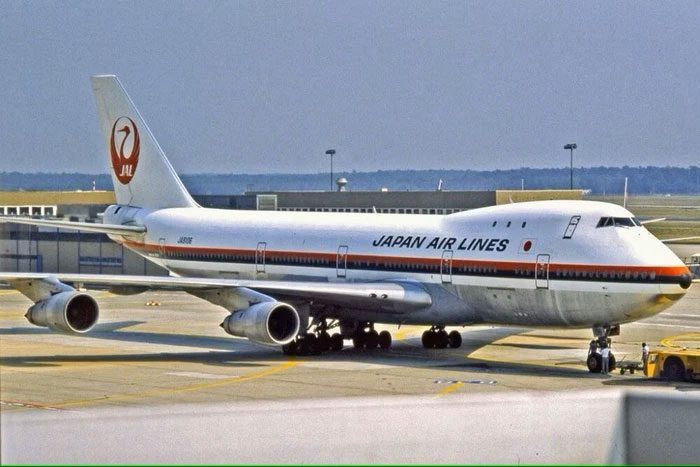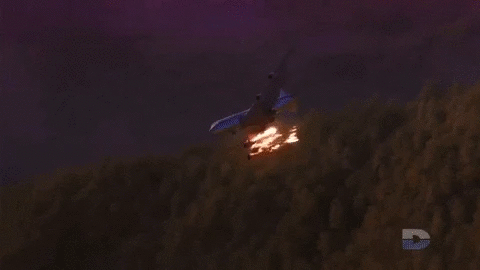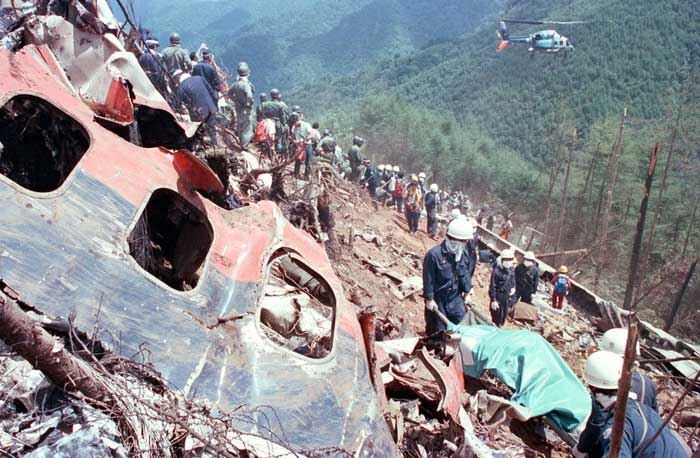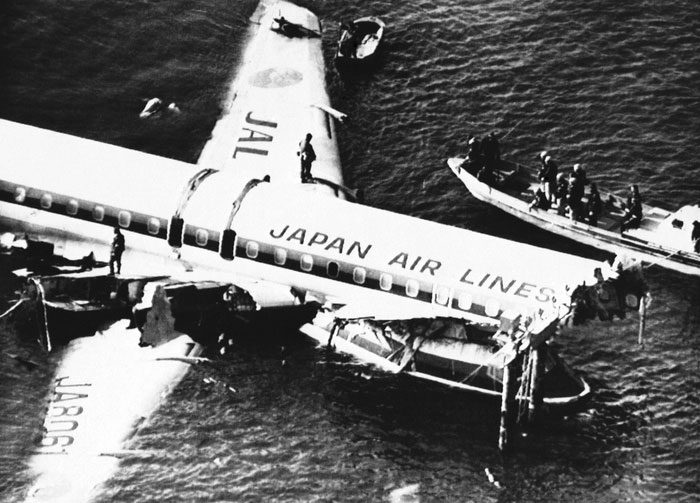As of now, this remains one of the most catastrophic aviation accidents in the world.
On August 12, 1985, Japan Airlines Flight 123 experienced a tragic accident. The Boeing 747SR was scheduled to fly from Tokyo Haneda Airport to Osaka, with an initial estimated flight time of 54 minutes.

JAL123 packed with passengers returning home to celebrate Obon with family. (Illustrative photo).
At that time, Japan was preparing for the Obon Festival, leading to a high demand for people returning to their families. Consequently, the flight was fully booked with 509 passengers and a crew of 15. However, few could have anticipated that this reunion day would turn into a tragic disaster after the aircraft faced an unexpected accident.
Unexpected Accident
At 18:12 local time, JAL123 took off from runway 16L without incident. However, just 12 minutes later, a massive explosion occurred, causing the plane to shake violently and ripping apart the ceiling above the rear lavatory. At the same time, oxygen masks deployed in the passenger cabin, accompanied by an automatic announcement to the passengers.

The tail of the aircraft exploded just 12 minutes after takeoff.
Following the announcement, a white mist believed to be condensed water vapor due to rapid decompression engulfed the cabin. Papers, napkins, magazines, and anything not secured flew around chaotically. All passengers were in a state of panic, screaming in terror.
While all instruments indicated no abnormalities, the pilots noticed that the oil pressure in the hydraulic control system was rapidly decreasing. The aircraft was continuously changing direction and losing control. After numerous attempts to stabilize the aircraft for an emergency landing, JAL123 continued to descend rapidly at a speed of approximately 5,500 meters per minute. The fate of the aircraft was sealed, with many passengers preparing for the end, leaving heartfelt messages for their loved ones on scraps of paper.

A note recording the last words of the victims on the ill-fated flight.
A Tragic End
After free-falling, the aircraft crashed into the dense forest on Mount Osutaka (Takamagahara) 32 minutes after takeoff. The right wingtip and engine number four collided with trees and were severed. The plane struck a mountainside and slid into another ravine. It flipped over before coming to a stop and exploding, scattering debris everywhere. The scene at the time was described as apocalyptic with wreckage strewn about.

The aircraft crashed into the ravine, resulting in 520 fatalities.
That night, the Japan Self-Defense Forces quickly arrived at the scene, but their greatest mistake was assuming there were no survivors and ceasing the search. Fourteen hours after the crash, rescue teams reached the site and found that four passengers had survived: Yumi Ochiai, Keiko Kawakami, Hiroko Yoshizaki, and Mikiko Yoshizaki.
However, the remaining 520 individuals were not as fortunate. According to Yumi Ochiai, after the crash, she heard the moans of many injured people around her. She realized that some were still alive but could not survive the frigid night. Had the initial rescue team not given up, the number of survivors might have exceeded four.

The wreckage at the crash site.
What Caused the Accident?
After the catastrophic accident, the Boeing 747 lost almost its entire tail, which housed the hydraulic systems, leading to the loss of control. Upon investigating the incident, researchers discovered that seven years prior to the accident, the Boeing 747 had been involved in a tailstrike incident that caused it to strike the runway during takeoff.
During the repair process at that time, the repair protocol was not followed correctly. The damaged partition, which should have been connected with two rows of rivets, was only joined with one row, causing the rivets to bear double the usual compressive force.

The incorrect repair process led to the aircraft’s tragedy.
Since the repair, the aircraft had taken off a total of 20,319 times. When the plane reached an altitude of 7,300 meters, the pressure differential between the cabin and the outside air caused the partition to tear apart, leading to this heartbreaking tragedy.
Currently, this ill-fated aircraft is still on display at the Japan Airlines museum, along with artifacts from the passengers who lost their lives in this flight.


















































